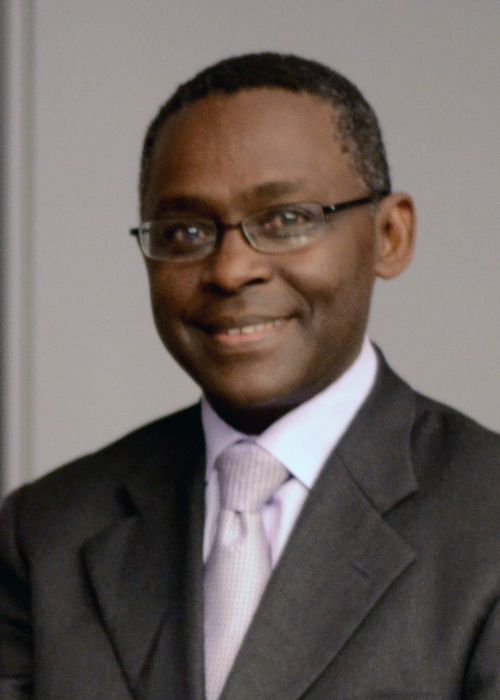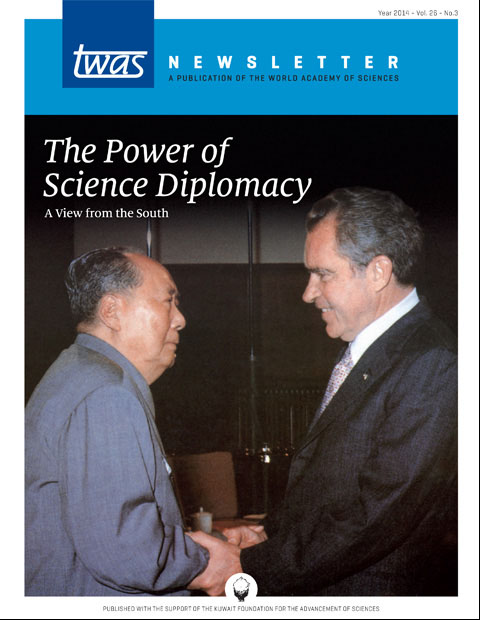 In February 1972, US President Richard Nixon arrived in Beijing for meetings with Chinese Chairman Mao Zedong and Premier Zhou Enlai. It was a summit of uncommon significance: Separated by geography, culture, ideology and considerable mistrust, the nations for two decades had had only limited contact. But the men were pillars of mid-century world order, and the meeting signalled a thaw.
In February 1972, US President Richard Nixon arrived in Beijing for meetings with Chinese Chairman Mao Zedong and Premier Zhou Enlai. It was a summit of uncommon significance: Separated by geography, culture, ideology and considerable mistrust, the nations for two decades had had only limited contact. But the men were pillars of mid-century world order, and the meeting signalled a thaw.
The summit produced no formal agreement to normalize the relationship. But the Shanghai Communiqué, issued afterward, was a guide for future engagement – and contained the seeds of change. A key passage noted “specific areas in such fields as science, technology, culture, sports and journalism, in which people- to-people contacts and exchanges would be mutually beneficial.”
Press coverage at the time called it “ping- pong diplomacy”. From today’s vantage, it was science engagement that transformed the world. Millions of Chinese students eventually travelled to the United States for study, and the host country reaped huge benefits from their skills. Chinese policy, supported by this engagement, made science, engineering and technology the engine for historic economic growth and development. For many years, the nations have conducted important joint research.
 The China-US engagement is a model and inspiration for a new generation of science diplomacy advocates. This issue of the TWAS Newsletter has a special focus on science diplomacy in the developing world, and describes the impact in health, climate change, astronomy, education and other fields. Such stories are attracting the interest – and hope – of scientists and policymakers worldwide.
The China-US engagement is a model and inspiration for a new generation of science diplomacy advocates. This issue of the TWAS Newsletter has a special focus on science diplomacy in the developing world, and describes the impact in health, climate change, astronomy, education and other fields. Such stories are attracting the interest – and hope – of scientists and policymakers worldwide.
From its earliest days, TWAS has worked to bring nations together to advance science and build relationships. Pakistani Nobel laureate Abdus Salam and Italian physicist Paolo Budinich were employing science diplomacy when they assembled support for the Academy and an international roster of founding fellows more than 30 years ago.
Today, TWAS is joining with partners to unlock the potential of this field. Working with the American Association for the Advancement of Sciences (AAAS), and supported by the Swedish International Development Cooperation Agency (Sida), we host training courses and workshops that bring a corps of participants to our headquarters in Trieste.
We have worked closely with the Italian Ministry of Foreign Affairs, UNESCO, and with partners in Brazil, China, Hungary and other nations on projects and events that require both science and diplomacy for success. We have signed an agreement with India to produce a series of training sessions, and we are discussing science diplomacy cooperation with Pakistan-based COMSATS (Commission on Science and Technology for Sustainable Development in the South).
For developing countries in particular, science diplomacy can be a means of negotiating access to scientific resources or involvement in regional or global research initiatives. Of course, science cannot solve every problem between nations. While in some cases scientists working together can make great progress, in many others, working with diplomats and policymakers will be essential.
Still, as we address difficult global challenges, we would be wise to develop a science diplomacy orientation. The field is wide open to our creativity, exploration and innovation.
Romain Murenzi, TWAS executive director

